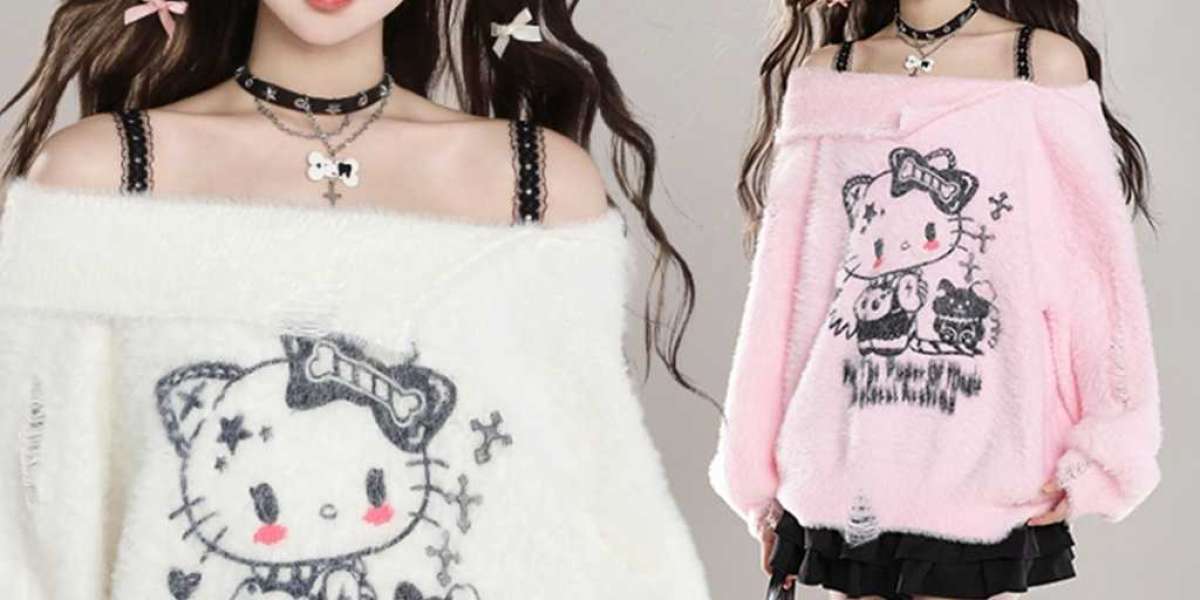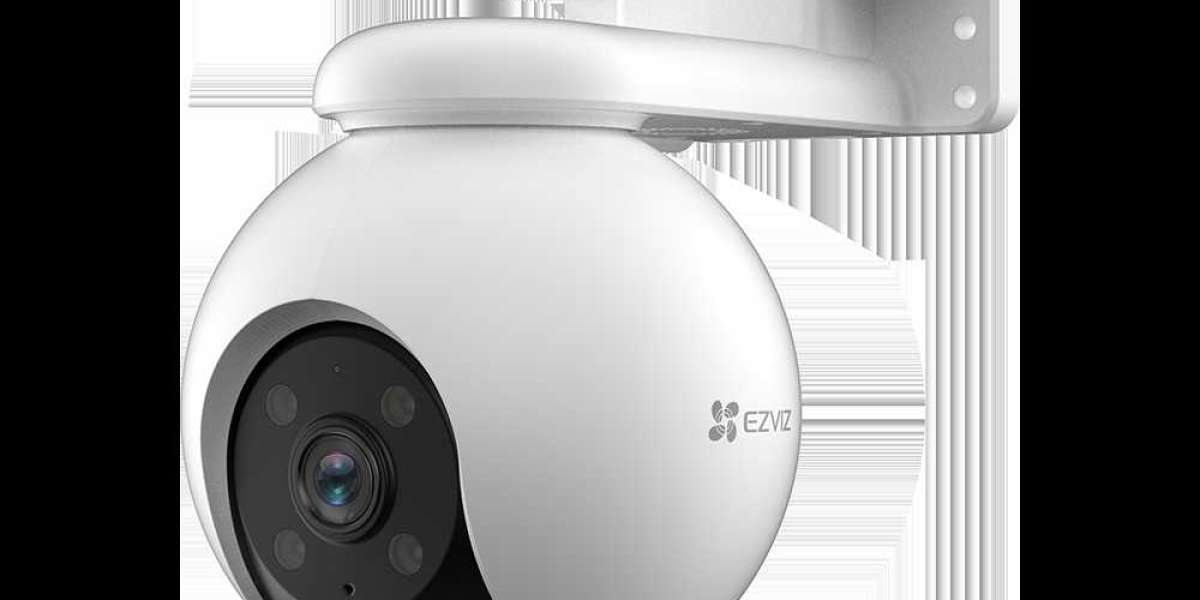Introduction:
In recent years, the trend of cute kawaii outfits has gained popularity among individuals of all ages. From its origins in Japanese culture to its global affect, this type has captivated vogue lovers worldwide. This article goals to delve into the scientific facets behind the enchantment of kawaii outfits, exploring the psychology, aesthetics, and cultural significance of this vogue pattern.
The Psychology of Cute:
The concept of cuteness, or kawaii in Japanese, has lengthy been related to attributes corresponding to innocence, helplessness, and vulnerability. From a psychological perspective, the human brain is wired to reply positively to stimuli that elicit emotions of affection and protection. When individuals wear kawaii outfits, they tap into this innate response, triggering a sense of warmth and happiness in each themselves and people around them.
Research has proven that exposure to cute photos or objects can activate the mind's pleasure centers, releasing dopamine and oxytocin, often referred to as the "love hormone." This neurobiological response contributes to the addictive nature of kawaii vogue, as individuals crave the optimistic feelings related to cuteness.
Aesthetics of Kawaii Outfits:
Kawaii outfits are characterized by their playful and whimsical designs, that includes parts equivalent to pastel colours, oversized bows, and adorable animal motifs. These visual cues evoke a sense of nostalgia for childhood innocence, creating a way of comfort and joy for the wearer.
The aesthetics of kawaii outfits also play a role in self-expression and identification formation. By selecting to wear clothes that displays their personality and interests, individuals can convey a way of individuality and authenticity. This form of self-expression can boost self-esteem and confidence, as people really feel empowered to embrace their unique fashion.
Furthermore, the aesthetic appeal of kawaii outfits extends past personal expression to social interactions. Analysis has proven that individuals who wear cute clothing are perceived as extra approachable and friendly, resulting in increased social connections and constructive relationships. By utilizing vogue as a tool for communication, people can foster a way of belonging and group among like-minded individuals.
Cultural Significance of Kawaii Trend:
The origins of kawaii fashion may be traced again to Japan, the place the concept of cuteness permeates numerous elements of society, from leisure to consumer goods. The popularity of characters akin to Hello Kitty and Pikachu has contributed to the worldwide spread of kawaii tradition, influencing fashion tendencies world wide.
In Japan, kawaii vogue is more than simply a style alternative; it's a type of rebellion in opposition to societal norms and expectations. By embracing cuteness as a form of self-expression, people can problem traditional gender roles and societal pressures to conform to a sure supreme of beauty.
The cultural significance of kawaii vogue lies in its capacity to advertise inclusivity and acceptance of diverse identities. By celebrating cuteness in all its forms, individuals can create a way of unity and solidarity, transcending linguistic and cultural barriers.
Conclusion:
In conclusion, the rise of cute kawaii outfits represents a fusion of aesthetics, psychology, and cultural significance. By tapping into the universal attraction of cuteness, people can expertise feelings of joy, self-expression, and social connection. As this trend trend continues to evolve and increase, it is clear that the allure of kawaii outfits will endure, captivating style fans for years to come back.






